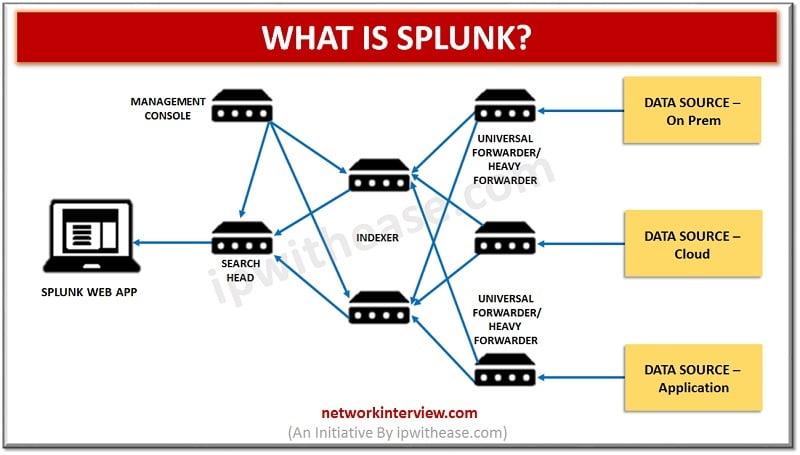

SPLUNK INPUTLOOKUP WITH EARLIEST HOW TO
My preference would be to enter your lookup table as the number of seconds, and remove the 60* from the formula. The problem is that you are setting earliesttime and latesttime - but Splunk does not know how to relate that to the time field that you have defined in your lookup table. you must first upload a lookup file or connect to a Splunk Enterprise KV Store. When specifying relative time, you can use the now modifier to refer to the current time. Input Lookup SplunkInput Lookup: Inputlookup command loads the search. You can specify an exact time such as earliest':20:00:00', or a relative time such as earliest-h or latestw6. That will eliminate any events that are older than the number of minutes you have chosen for that Engine. Use the earliest and latest modifiers to specify custom and relative time ranges. Searching with relative time modifiers, earliest or latest, finds every event with a timestamp beginning, ending, or between the specified timestamps. This timestamp, which is the time when the event occurred, is saved in UNIX time notation.
 | eval TimePeriod=coalesce(TimePeriod,1000) Verify that this is functioning properly by running the following search inputlookup
| eval TimePeriod=coalesce(TimePeriod,1000) Verify that this is functioning properly by running the following search inputlookup Use earliest1 to specify the UNIX epoch time 1, which is UTC Januat 12:00:01 AM. | lookup PriorityEngines.csv EngineName as myEngine OUTPUT TimePeriod Specifies the earliest time in the time field for the time range of your search.
SPLUNK INPUTLOOKUP WITH EARLIEST CODE
Let's also say that you leave the lookup in minutes - this code would be a little simpler if we didn't have to multiply by 60, but that's okay for now. Let's say that the Engine field in the event is called myEngine. The easiest way to implement this for general systems is to hard code the earliest on your search as the highest number of minutes you are going to allow in the file. Sure we could do the search first and then limit by the lookup but then Splunk would be working with a much larger data set. The row returned can then be used to perform a append a sub search based on columns in the CSV row. Here we are filtering the results based on comparisons between your time field and the time range you created with the time picker. where time>infomintime AND (time


 0 kommentar(er)
0 kommentar(er)
